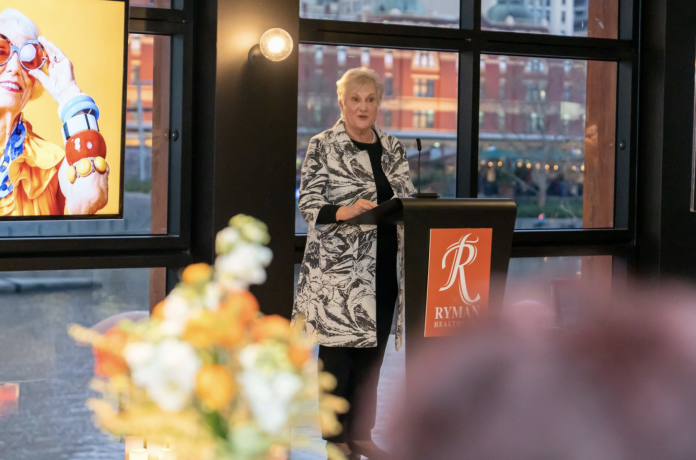Ryman Healthcare has released a discussion paper designed to start the conversation around how Australian aged care tackles its future and sustainability.
Ryman Healthcare is the biggest operator in New Zealand with 38 retirement villages, as well as 7 in Victoria – all of which contain aged care centres as part of a Continuum of Care model.
The paper, launched by New Zealand’s High Commissioner to Australia Dame Annette King, lays out a blueprint for reforming Australia’s aged care sector and turning around the current financial stress being felt by the majority of providers who according to Stewart Brown’s March 22 report are losing around $12.85 per resident per day.
Inside Ageing spoke with Cam Ansell, CEO of Ansell Strategic who consults with both Australian and New Zealand aged care businesses through his offices in Perth, Sydney and Christchurch.
Mr Ansell explained some of the financial upsides for operators who can apportion revenue across both retirement living and aged care as a collective, with retirement village yields increasing by 8-12% due to an integrated approach.
“I’ve walked through quite a few campuses (referring to the integrated model) and it’s almost seamless where aged care and retirement living start and finish – the Continuum of Care model works!”
“Recent projects such as Moran Vaucluse in Sydney and a lot of Australian Unity’s recent projects have been developed using the NZ approach, added Mr Ansell.
The discussion paper’s key recommendations include:
• Establishing a national regulatory regime to govern the retirement living and aged care sectors as one
• Creating greater incentives in planning systems for integrated retirement living and aged care facilities, and
• Introducing a specific home care package for retirement villages to help residents live independently for longer.
Cameron Holland, CEO of Ryman Healthcare Australia, said aged care in Australia needed to change to meet future demand.
“Aged care in Australia is fundamentally broken and, with almost 65 per cent of operators currently running at a loss, and ageing aged care stock not meeting customers’ changing needs, the need to rethink our entire approach couldn’t be more urgent,” Mr Holland said.










